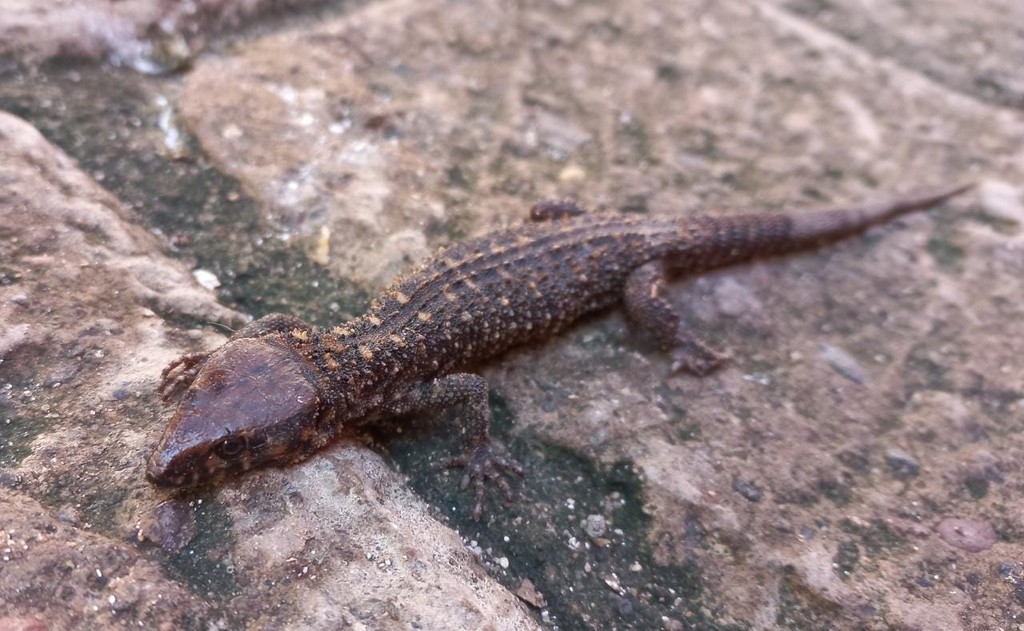Smith's tropical night lizard
A species of Tropical night lizards Scientific name : Lepidophyma smithii Genus : Tropical night lizards
Smith's tropical night lizard, A species of Tropical night lizards
Scientific name: Lepidophyma smithii
Genus: Tropical night lizards
Content
Description General Info
Description
Smith's tropical night lizard exhibits a remarkable adaptation to its arid ecological niche as a nocturnal animal, surfacing from its burrow only at night to hunt arthropods and snails. Notably, it has a unique mechanism of retaining water, which helps it survive in desert environments with sparse precipitation.
General Info
Lifespan
5-8 years
Diet
Smith's tropical night lizard predominantly feeds on small insects and arthropods captured during nocturnal estivation. Its ravenous appetite, largely catered by beetles, spiders, and ants, contribute greatly to its dietary consumption.
Appearance
Smith's tropical night lizard is a small, nocturnal lizard with a skin texture that replicates leaf litter, providing excellent camouflage. It is primarily brown with irregular darker brown spots. Juveniles exhibit more vivid patterns which fade with age. Its body shape is elongated, tapering to a point at the tail. Females are slightly larger than males and exhibit brighter coloration during the breeding season.
Behavior
Smith's tropical night lizard is largely nocturnal and terrestrial, hiding in rock crevices or under vegetation during the day. Its diet consists primarily of insects and other small invertebrates. Exceptionally, smith's tropical night lizard exhibits caudal autotomy, a defensive mechanism that involves shedding part of its tail to escape predators. A solitary species, smith's tropical night lizard engages in minimal social interaction.
Population
Stable
Scientific Classification
Phylum
Chordates Class
Reptiles Order
Lizards and snakes Family
Night lizards Genus
Tropical night lizards Species
Smith's tropical night lizard 